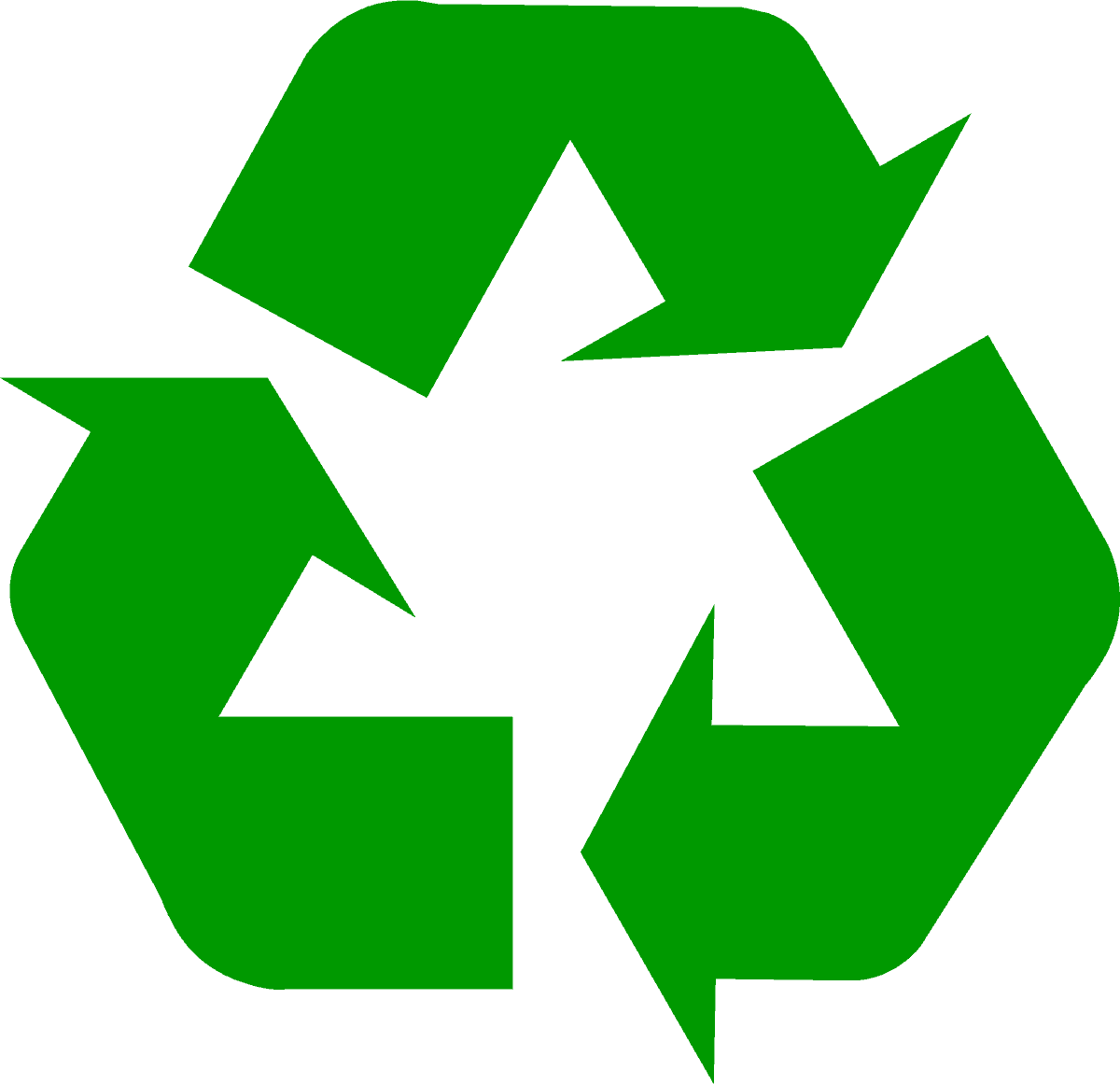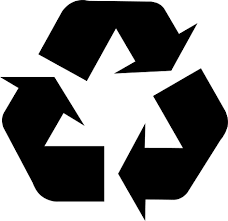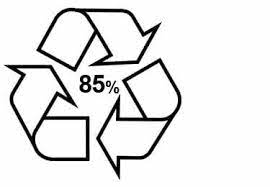Materials and Recycling Quiz
1/59
There's no tags or description
Looks like no tags are added yet.
Name | Mastery | Learn | Test | Matching | Spaced |
|---|
No study sessions yet.
60 Terms
Materials
substances out of which all things are made
How many unique materials exist?
120,000
Elements
any substance that cannot be broken down into simpler substances
How are elements classified?
classified on individual props, grouped based on shared props
three element groups
metals, nonmetals, metalloids
physical properties
boiling, melting, freezing point
density
color
hardness
texture
mass
conductivities
volume & SA
chem properties
reaction to acid
reaction to oxygen (rusting)
flammability
toxicity
metal elements
good conductors of heat & elec, hard, shiny, reflect light, malleable, ductile (stretched w/o damage), electrons easily move
nonmetal elements
most are gasses at room temp, dull, brittle, powdery, poor heat & elec conductors, electrons restricted to one atom
metalloids elements
nonmetal/metallic properties
compounds
2 or more elements chemically combined
Can compounds be broken down?
Can be broken down by chemical but not physical means
Are element combinations random?
No, they're based on mass ratios (1g of H to 8g to O)
mixture
A combination of two or more substances that are not chemically combined
material classification
metallic, ceramic, organic, polymeric, and composite
Metallic materials
metal element compounds, high thermal and electrical conductivity, malleable & ductile, strong
examples of metallic materials
copper, alunimum, steel, iron
ceramic materials
metal/nonmetals, good insulators, high strength at high temp, brittleness
examples of ceramics
clay, brick and tiles, china, porcelain
electric conductor vs insulator
conductor lets electrons flow through, insulator resists flow of electrons
thermal conductor vs insulator
thermal conductors easily transfer heat, insulators don't transfer
thermal applications for ceramics
creating thermistors (to regulate current), heating elements for furnaces, resistors, rectifiers (current in one direction)
organic materials
once living organisms, carbon & hydrogen, genetically alterable, renewable & sustainable
examples of organic materials
paper products, compost waste
polymeric materials
mostly organic elements, low density, flexibile & elasticity, plastics & elastomers
thermoplastic poylmers
formed into desired shape by heat and pressure, can be remolded
thermosetting polymers
formed into desired shape, can't be remolded
elastomer
natural/synthetic material, can be stretched 200% of length and can return back to og length
vulcanization
chem process to form storng bonds between adjacent polyers to make tough rubber
composite materials
made of 1+ material, obtains desirable properties from each material
layered composites
alternate layers of materials bonded tg
particulate composites
Discrete particles of one material surrounded by a matrix of another material
fiber-reinforced composites
Composed of continuous or discontinuous fibers embedded in a matrix of another material
material selection
product function, safety, environmental conditions, cost and material degradation, and certain properties
alternative materials
Being designed to solve socioeconomic problems.
Such as sustained economic development and depletion of natural resources (ex: biocompatible materials, fullerenes, liquid crystals, microelectronics)

What does this symbol mean?
identifies resin content

What does this symbol mean?
1st arrow = consumer purchases recycled material
2nd arrow = consumer gathers recycled material
3rd = recycled materials create new product

What does this symbol mean?
indicates product is made from recycled material

What does this symbol mean?
percentage of product made from recycled material
grass stuff recycling
compost → fertilizer, decomposing leaves → mulch
food scrap recycling
uneaten food → donated to shelters
food waste → compost
wood waste
pet bedding, mulch, flooring, windows, doors
paper
local facilities recycle paper and boxes
newspaper, more paper, boxes
steel recycling
cans, electric stoves, microwave ovens, bikes, automobiles
brass recycling
beds, musical instruments, radiators
copper recycling
expensive, often stolen
wires, cables, tubing, ACs
aluminum recycling
soda cans, wheels, windows, ladders, bumpers, baseball bats
iron recycling
decorative furniture, fencing, signs, electric motors, generators
PET applications
drink bottles, milk jugs, pens, trash cans
PETE applications
carpet, furniture, bumpers, fiberfill for jackets, sleeping blankets
HDPE applications
milk jugs, cleaner bottles, trash bags, shopping bags
PVC applications
medical tubing, siding, sewage pipes, playground equipment
LDPE applications
squeezable bottles, bread bags, trash cans
PP applications
lowest density, ketchup bottles, straws, signal lights
PS applications
egg cartons, styrofoam cups, insulation
recyclable ceramics
bricks, jet engine bozzles, drainage pipes, crucibles, ends of light bulbs
recyclabe composites
tires
What can old tires make?
artifical reefs, indoor playground, floor mats, track material, speed bump
codes
rules for recycling
stages of product development lifecycle
material extracting & processing
manufacturing of product
packacing, distribution to consumer
product use
end of life